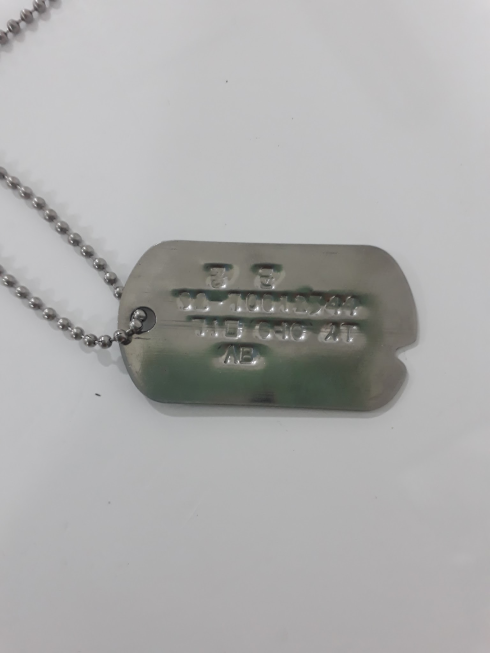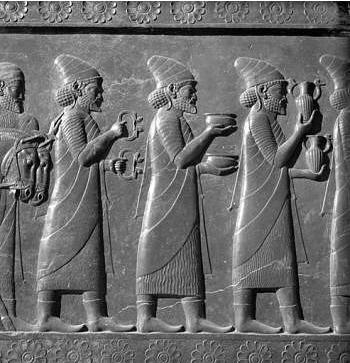
Photo by Yumin
This week wraps up our work on Out of Eden Learn, Footstep #3 (Learning from Past Generations). If you did not post your story and photos to the Out of Eden Learn platform, please do it by Sunday. Mr. Nick and I really enjoyed seeing the primary source objects you interviewed someone about for this activity. I was also delighted to hear from many of you that you had learned new things about your family history and that, for some of you, you had never heard the story or history of this object. In the process of doing this activity, we also hope you improved your interviewing, note-taking, and writing skills, as well as learned more about the the job of historians. Great work! We will have an opportunity next class to see each other’s work before starting the last unit of the school year. I think this was my favorite Out of Eden footstep project. Here are a few photos of the types of objects we saw.

Photo by Ray

Photo by Ahsir

Photo by Bua

Photo by Doyeon

Photo by Ellie

Photo by Maya

Photo by Neel

Photo by Paul

Photo by Vel

Photo by Gwenole

Photo by Neil R.






Recent Comments